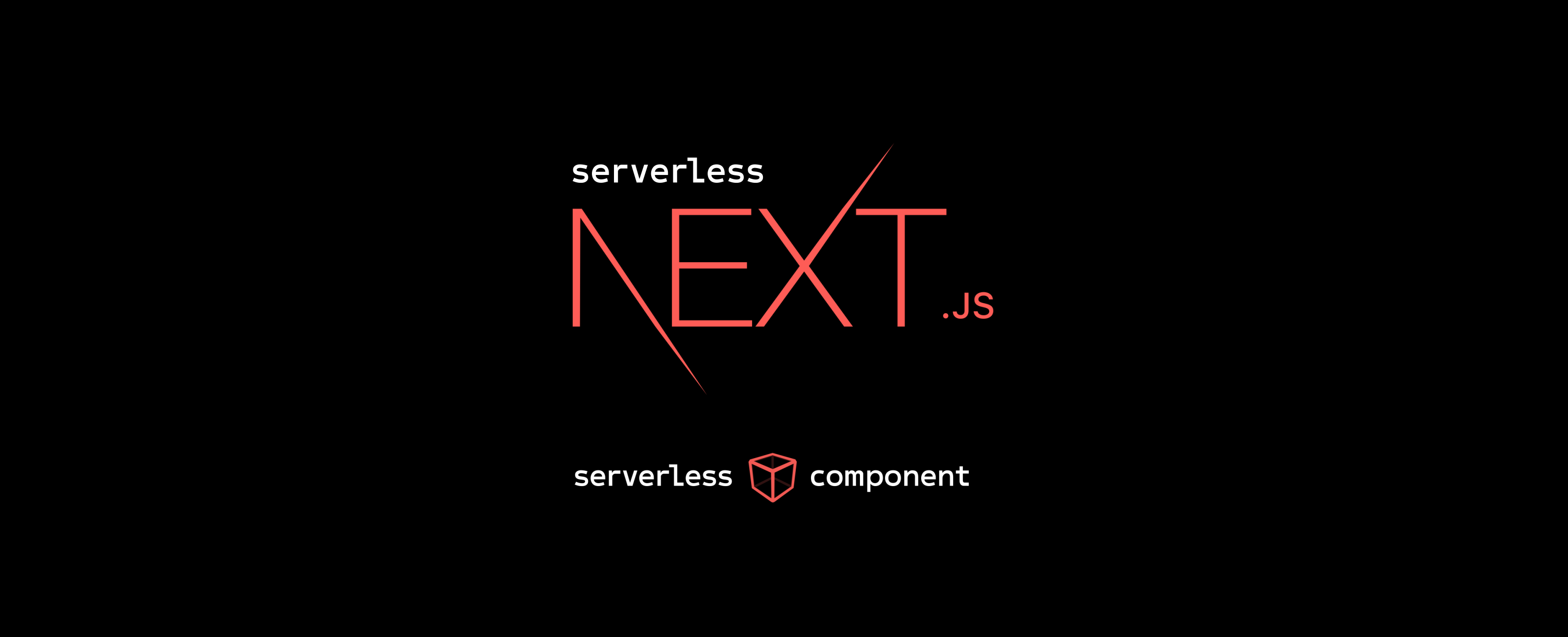Mastering server components with TRPC in Next.js 13
 Femi Wallace
Femi Wallace
Introduction
In the ever-evolving landscape of web development, staying on top of the latest trends and technologies is essential. Next.js, a popular React framework, continues to lead the way with its groundbreaking features. One of the most significant recent advancements is the introduction of server components in Next.js 13, coupled with the power of TRPC (Typed Remote Procedure Call) for efficient data communication. In this article, we'll embark on a journey to explore the world of server components in Next.js 13, mastering the art of building dynamic, high-performance web applications.
Understanding Server Components
Server components represent a paradigm shift in how we think about building web applications. Traditionally, web pages were divided into static and dynamic parts. Static content was generated at build time, while dynamic content required client-side rendering, leading to potential performance bottlenecks. Server components change this by allowing developers to build parts of a page that are rendered on the server and delivered as part of the initial HTML response. This approach significantly improves performance by reducing client-side rendering and enhancing SEO(Search Engine Optimization).
Introducing TRPC: Typed RPC for Data Fetching
TRPC, short for Typed RPC, is a powerful tool for fetching data in a type-safe and efficient manner. It's the perfect companion for Next.js server components, as it simplifies server-client communication. With TRPC, you can define API routes and types in a single location, ensuring that your data fetching is not only type-safe but also consistent and organized.
Getting Started with Server Components and TRPC
Now, let's dive into the practical aspects of mastering server components with TRPC in Next.js 13.
1. Installation and Setup
To get started, make sure you have Next.js 13 or later installed in your project. You can create a new Next.js app or upgrade an existing one to the latest version.
Next, install TRPC and its peer dependencies:
npm install trpc react-query
2. Defining Server Components
Server components in Next.js are defined using the .server.js file extension. These components have access to both the server and client environments, making them versatile for various use cases.
Here's an example of a server component that fetches data using TRPC:
// pages/index.server.js
import { createTRPCClient } from '@trpc/server';
import { createTRPCClientContext } from 'react-query';
export default function MyServerComponent(props) {
const queryClient = createTRPCClientContext(props.client);
const { data } = queryClient.useQuery(['fetchData'], () => props.client.query.myQuery({})
);
return ( <div> <h1>{data.title}</h1> <p>{data.description}</p> </div> ); }
3. Creating TRPC API Routes
Define your TRPC API routes in a dedicated folder, such as api/trpc. Here's an example of a TRPC query:
javascriptCopy code
// api/trpc/queries/myQuery.ts
import { createTRPC } from '@trpc/server';
import * as z from 'zod';
export const t = createTRPC.zod({
myQuery: {
input: z.object({}),
resolve: async ({ ctx }) => {
// Fetch data from your data source here
return {
title: 'Hello, Server Component!',
description: 'This is data from the server.',
};
},
},
});
4. Consuming Data in Server Components
Back in your server component, you can use the TRPC query to fetch data and render it on the page.
5. Building for Production
Once your server components are ready, build your Next.js app for production. Server components and TRPC-powered data fetching are optimized for performance and can greatly enhance the user experience of your web application.
Conclusion
Next.js 13, combined with the capabilities of server components and TRPC, equips you with the resources needed to create dynamic, high-performance web applications that are both a pleasure to develop and a delight to use. As you become proficient in these technologies, you'll be able to provide swifter and more efficient web experiences, all while upholding the integrity of your code and ensuring type safety. Dive in, embark on this exploration, and elevate your web development expertise to new heights with Next.js server components and TRPC.
Subscribe to my newsletter
Read articles from Femi Wallace directly inside your inbox. Subscribe to the newsletter, and don't miss out.
Written by

Femi Wallace
Femi Wallace
I am a software Developer